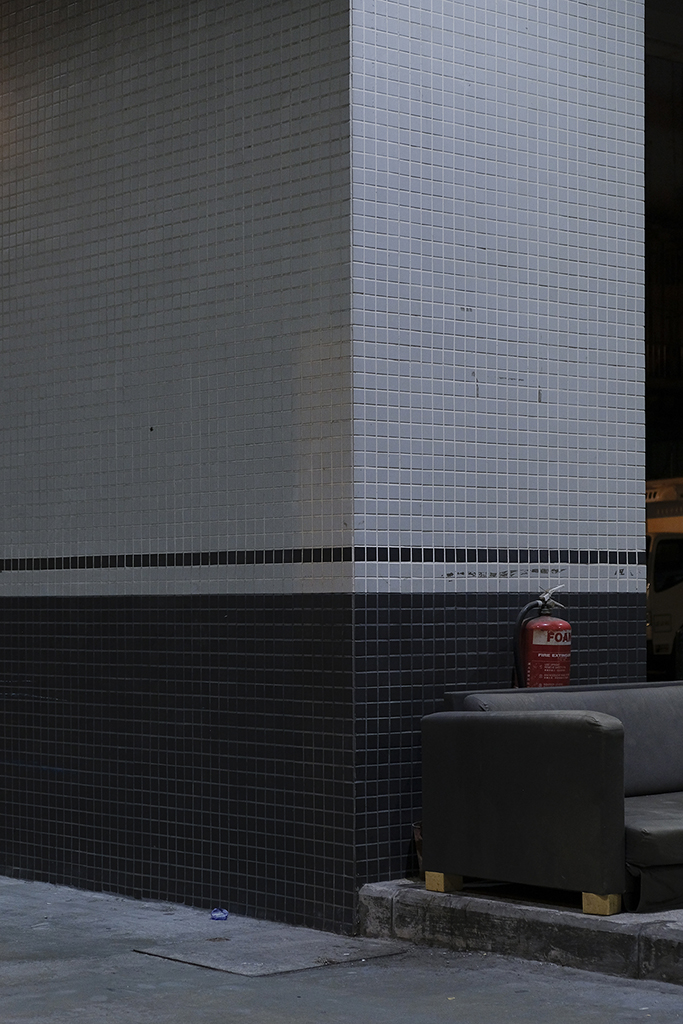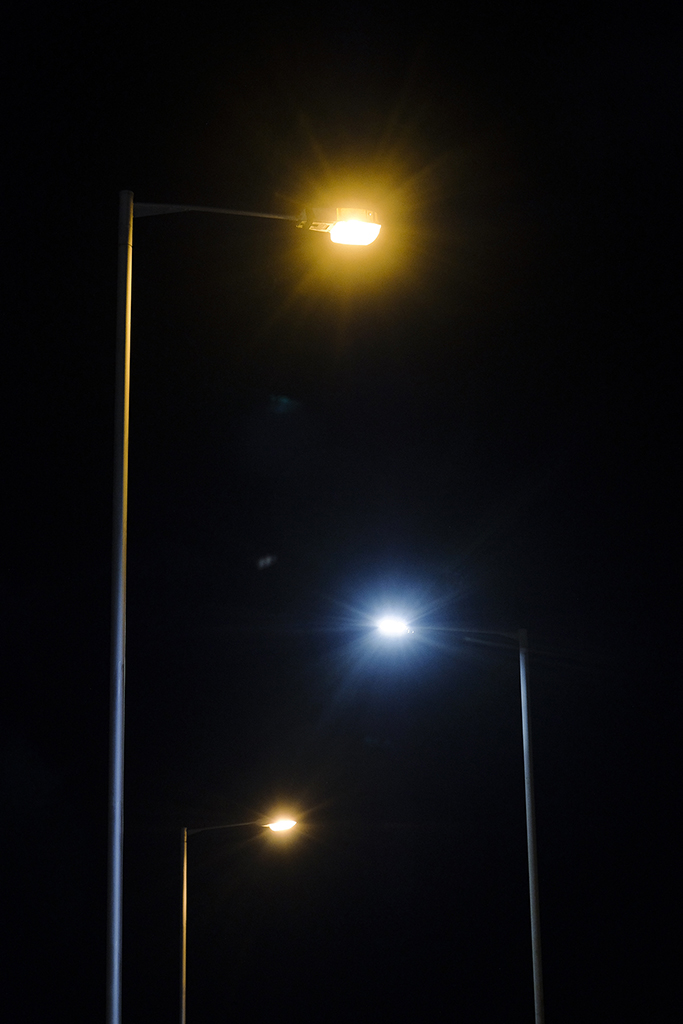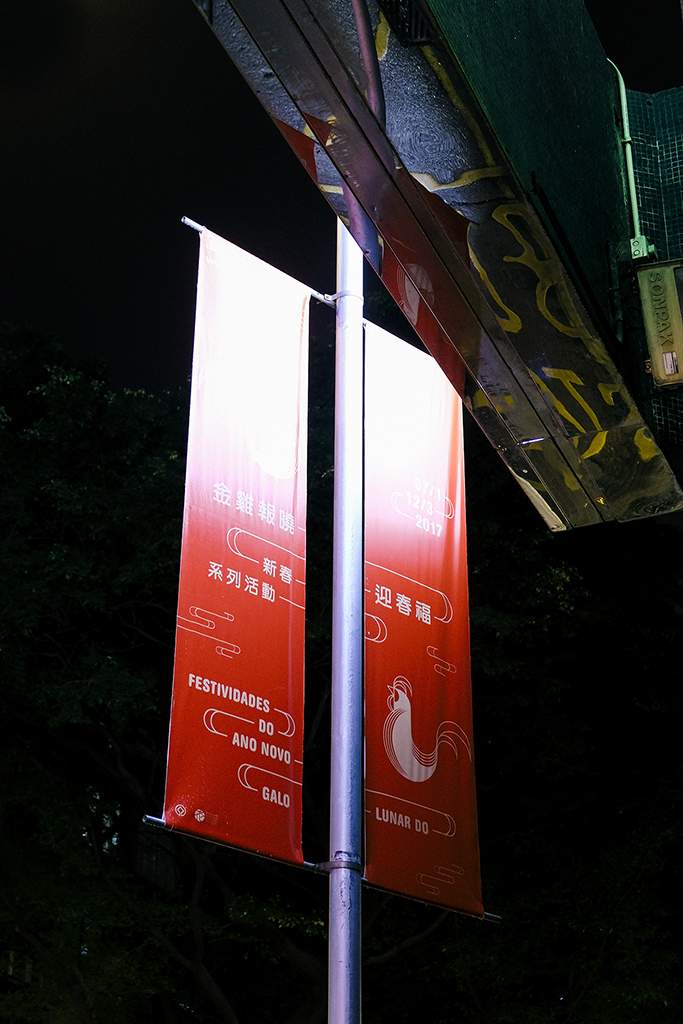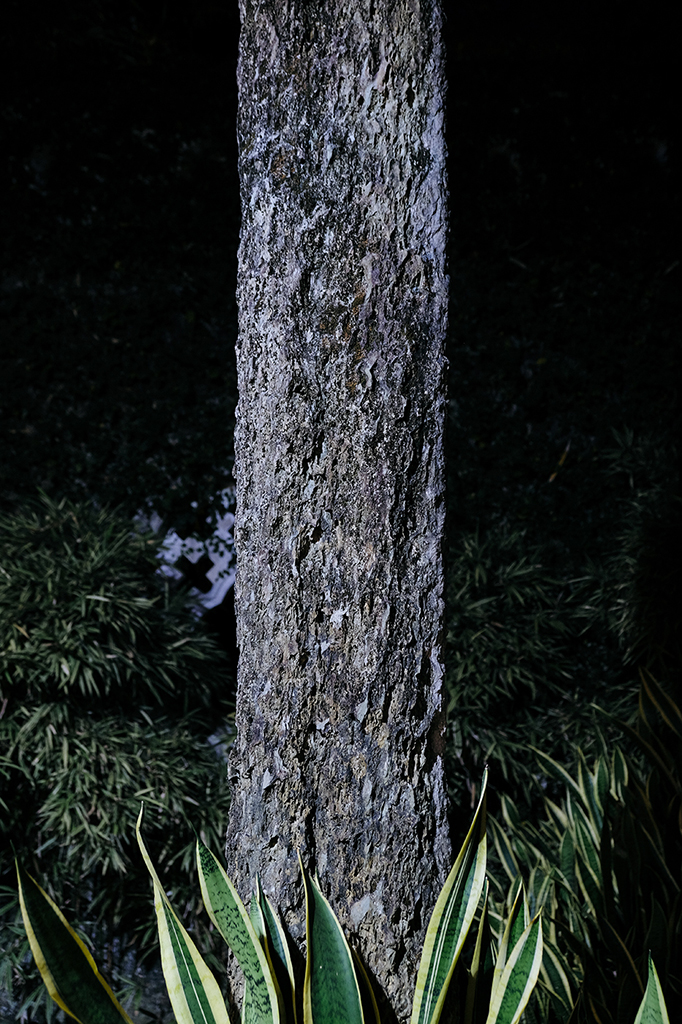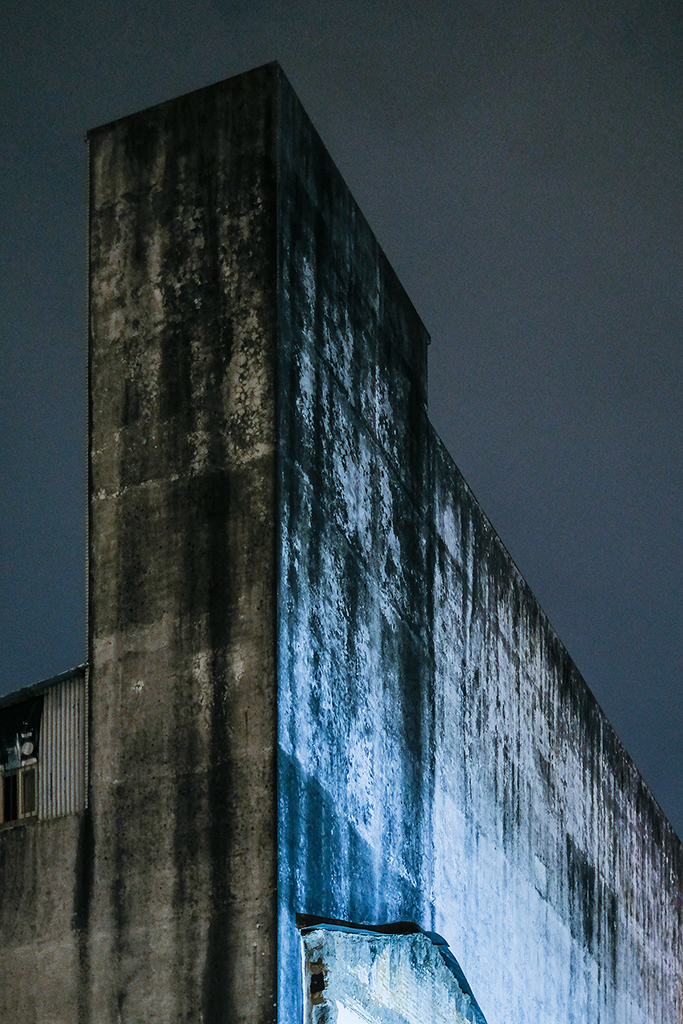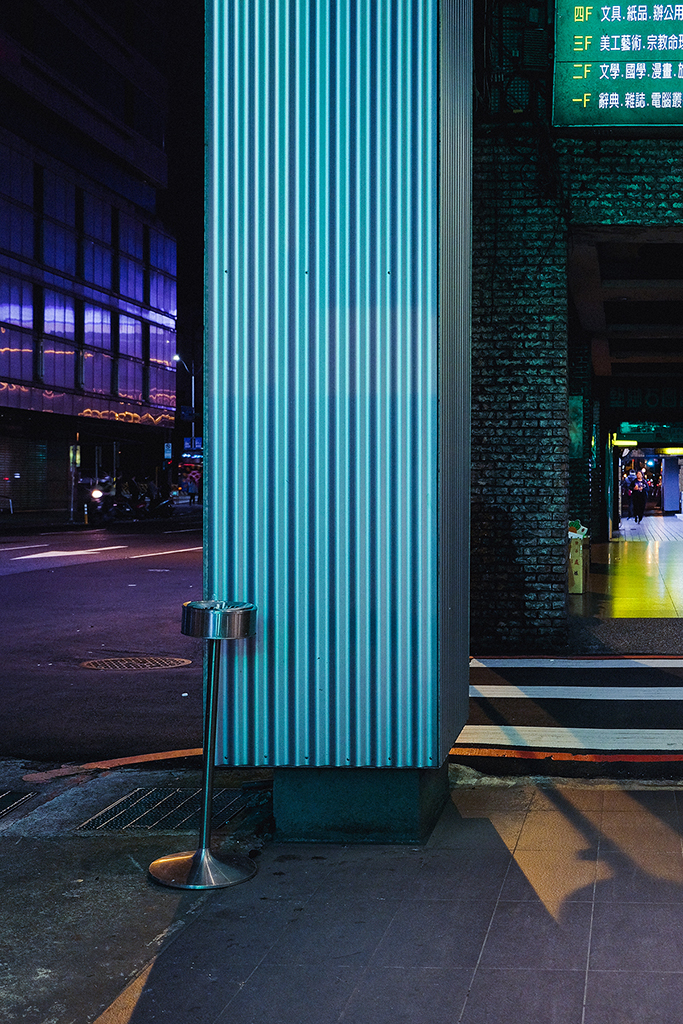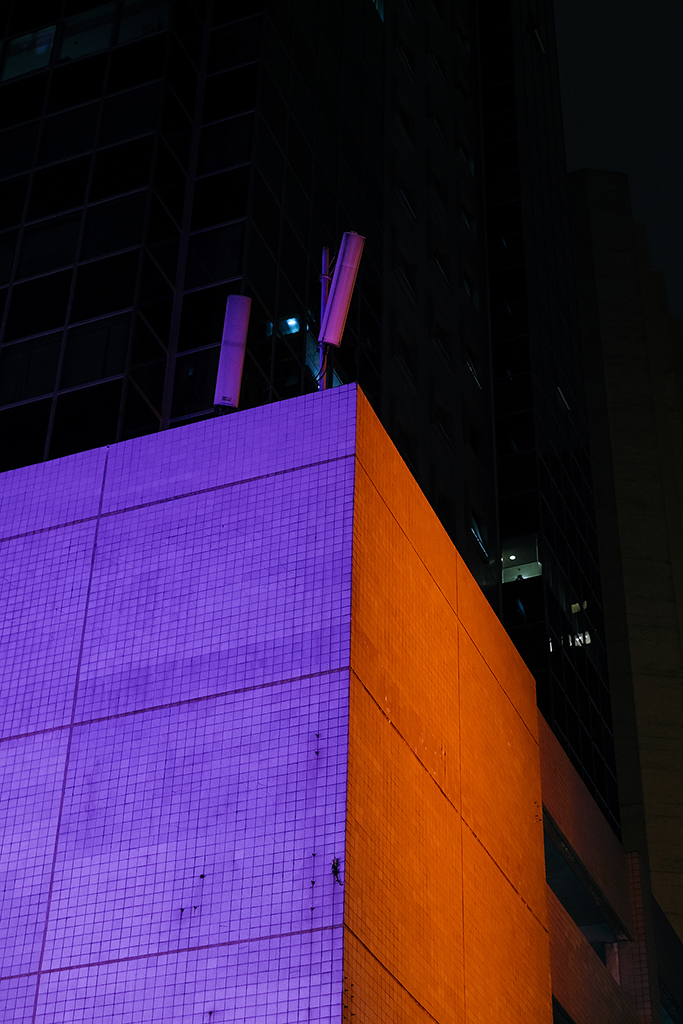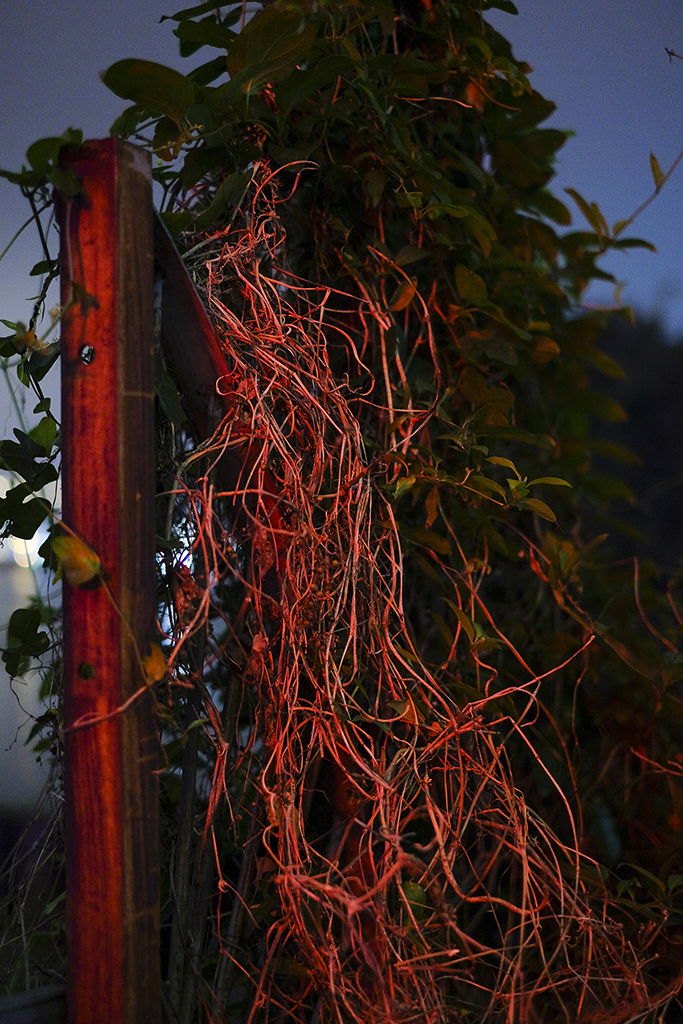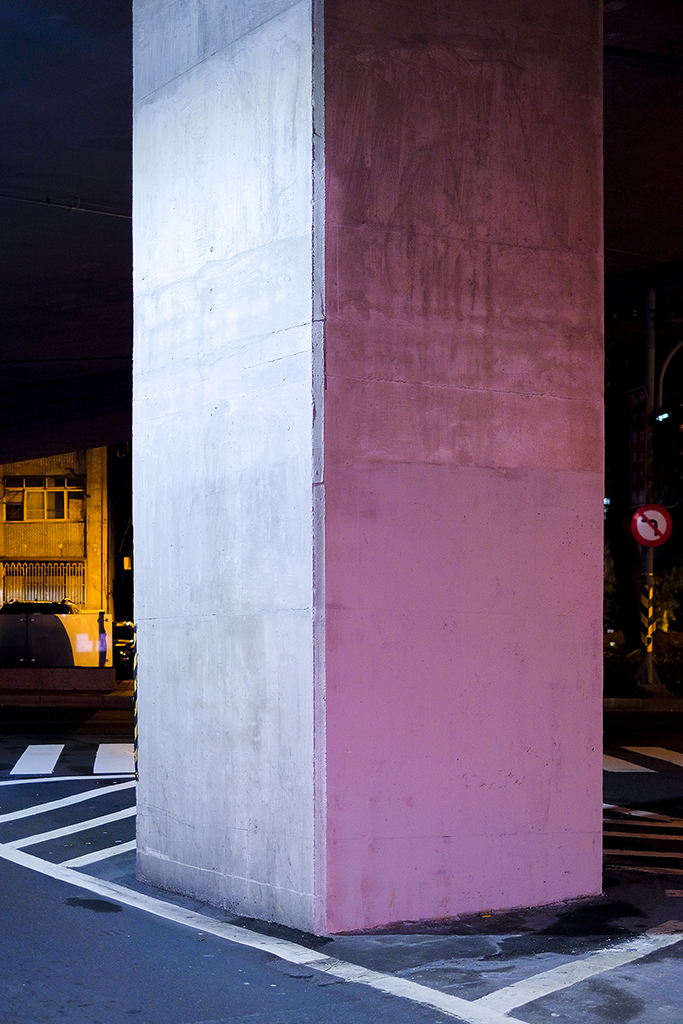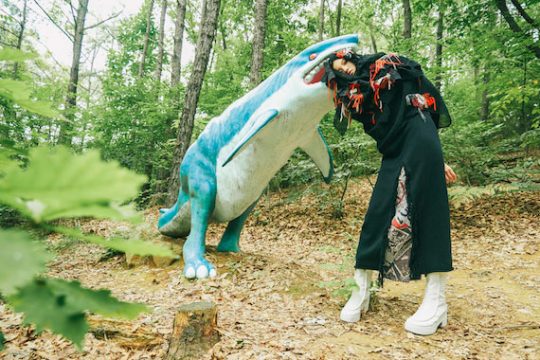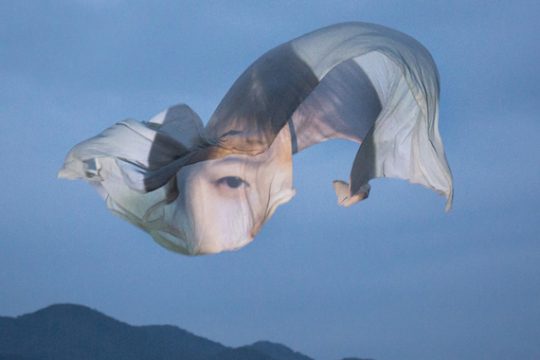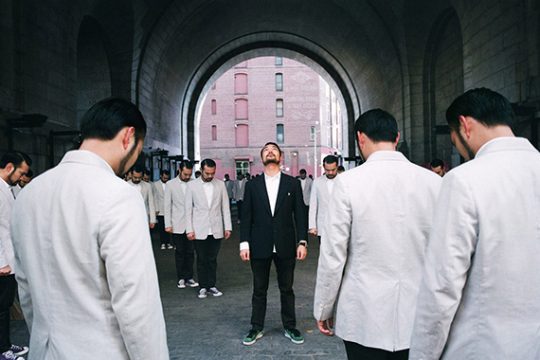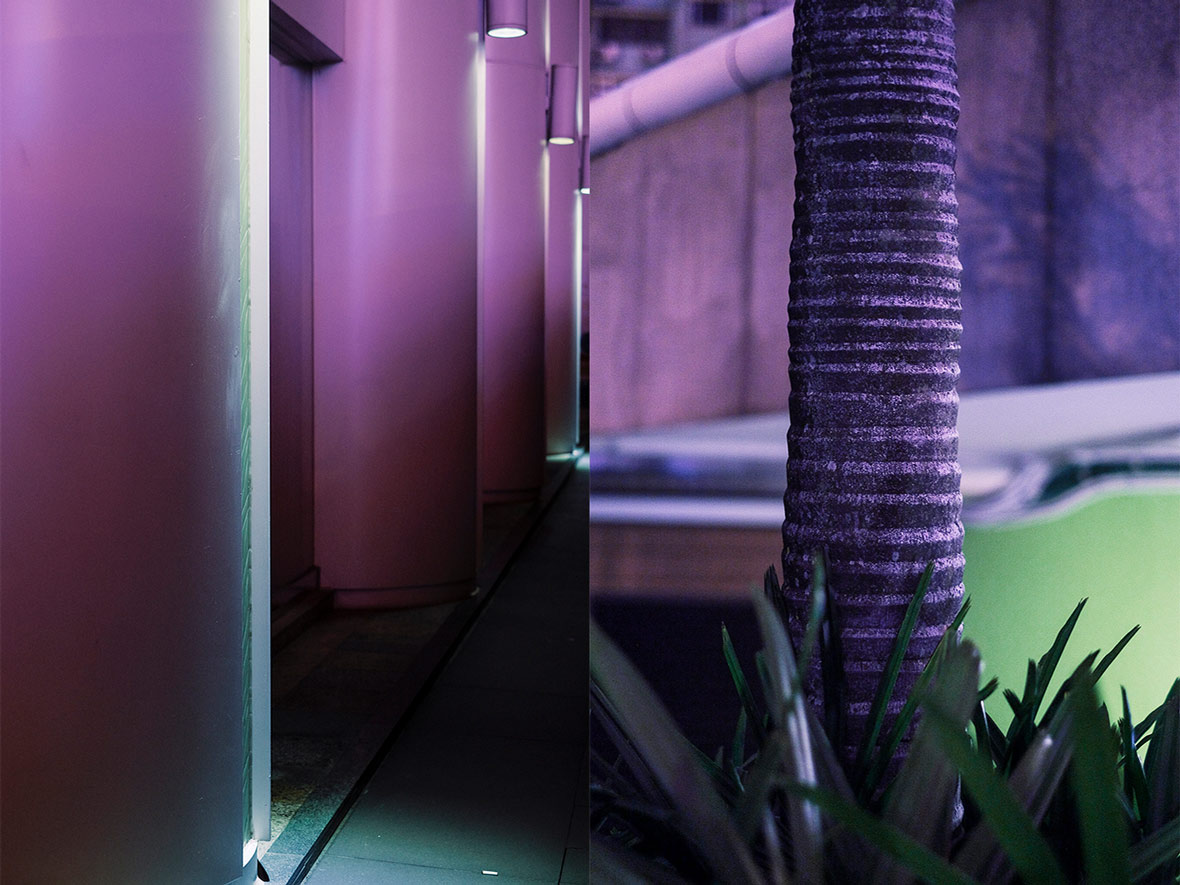
To what extent do a city’s artificial lights affect our lives? That’s the question posed by Macau-based photographer and visual artist TKH. Since 2014, he’s ardently observed and documented the different ways a city transforms after the sun goes down. This insatiable curiosity led to his Photosynthesis project, a photo essay that investigates the role of man-made light sources in our day-to-day lives. “Through my photos of these cold, nocturnal sceneries, I tried to find out how our society uses light to guide an individual at night and how our days don’t have to end after the sun sets,” he describes of the project. “It also shows that, with the help of artificial lights, a city continues to function through the night. By observing and documenting these basic constructs of civilization, I’ve found appreciation in how we, as urban dwellers, are able to use these lights to explore the darkness. The invention of artificial light is one of the biggest things separating humans and animals, and what’s buried beneath these seemingly serene night scenes is a chance for us to re-discover and re-familiarize ourselves with the invisible cogs that keep a city running.”
夜晚环境中,灯光对人类的日常行为究竟带来多少影响?这是来自澳门的艺术家/摄影师TKH向观众抛出的问题。2014年开始,TKH通过观察和记录城市夜晚场景,创作了《光合作用》系列作品,这是他一个持续进行中的实验性摄影项目,也是他社会观察项目的其中一项。当太阳落去,城市失去自然光线之后,人类借助多样的人造光线继续开展活动。“借由画面中冷滟的夜间景观发掘出当今的社会是如何以灯光引导着个体在夜间继续拓展其生活经验,以及晚上的灯光在公共场域中赋予城市看得见的运作模式。透过观看及纪录这些文明建设,我们看见城市人正以自己创造的光源继续对黑暗的探索,黑夜中的灯光将人类从动物社会体系中分割出来,然而埋藏在静态景致中的是重新认知和阐述凡常表像都市运转的感觉。”

